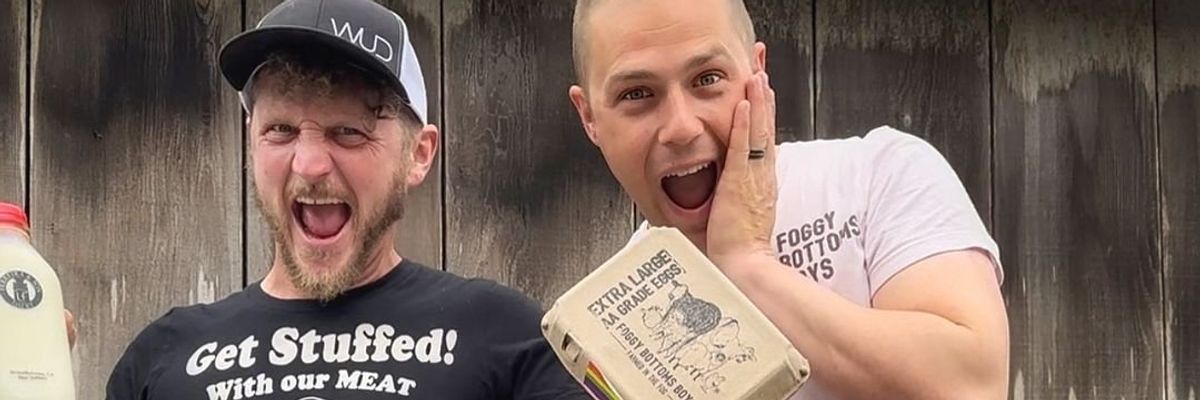In the LGBT-friendly web series Questionable Content, one comic depicts Claire, a transgender woman, undressing for her boyfriend Marten (who knew that she’s MTF) for the first time. The scene itself is a very sweet moment.
Not so sweet: shortly after it went up, a parody emerged in which Marten’s response is to beat her to a pulp.
While it paints a very potent picture of transphobic violence, the fact that someone would change such a tender moment into something so vile underlines that something is very wrong in our culture.
Studies have shown that people who are transgender or gender non-conforming are 400 times more likely to be a victim of violence than the rest of the population, despite only making up about 1.5 percent of it. In January 2015 alone, seven people in the United States were murdered solely because of their gender identities. The murders themselves also tend to be especially grisly: they often involve the victims being repeatedly shot or stabbed, beaten to death, or even set on fire.
The effects of transphobia begin very early. It’s often harder for transgender people to get an education, as bullying results in many dropping out of school earlier and more frequently than the rest of the population, and very few states have specific protections in place. Transgender people are also more likely to struggle with finding and keeping employment—11 percent make less than $10,000 a year.
The numbers get even worse in regards to transgender people of color, who are also likely to have higher rates of depression and less cultural support. This is most evident within the Latino community.
Transgender people are also less likely than even the rest of the LGBT community to seek medical attention. Expenses related to transitioning can be very high, and they are not covered under many healthcare plans. In addition to the poverty issue, it can be virtually impossible to find a trans-friendly healthcare provider, making it even harder to get regular medical attention.
Transgender people also have high rates of homelessness: 11 percent report having been evicted solely because of their gender identity, and yet only eighteen states have protections against transphobic housing discrimination.
The study Paying An Unfair Price: The Financial Penalty for Being Transgender in America reveals statistics about the effects of transphobia, and the numbers are bleak. Much like bisexual invisibility, these are issues that we should bring to light and consider as a community. In order to fight inequality, we must first acknowledge that it exists.
Is this a problem that can be easily solved right now?
No. There’s no easy or quick solution for this—but transphobia is an issue that we can do something about, even if only a self-check.
We can make an effort to stop misgendering transgender people. We can speak up when we see harassment or discrimination. We can object to transphobic policies, and make it plain that such ideas will not be tolerated. These may be little things, but they are also actions that we as individuals can do to spark some change.
Sometimes it’s the little things that can mean the most to one person.
- Emily Rush, originally published in 429 Magazine. For more original LGBT content, go to dot429.com.





















